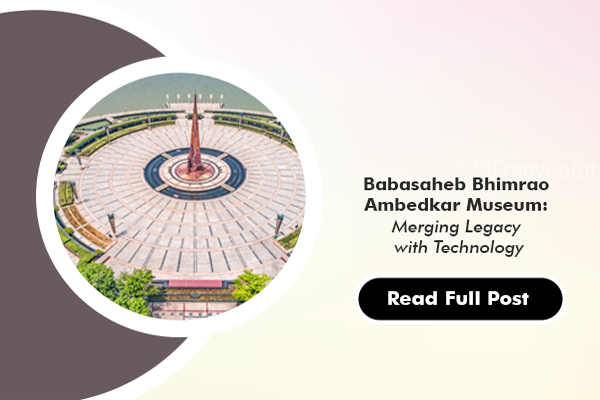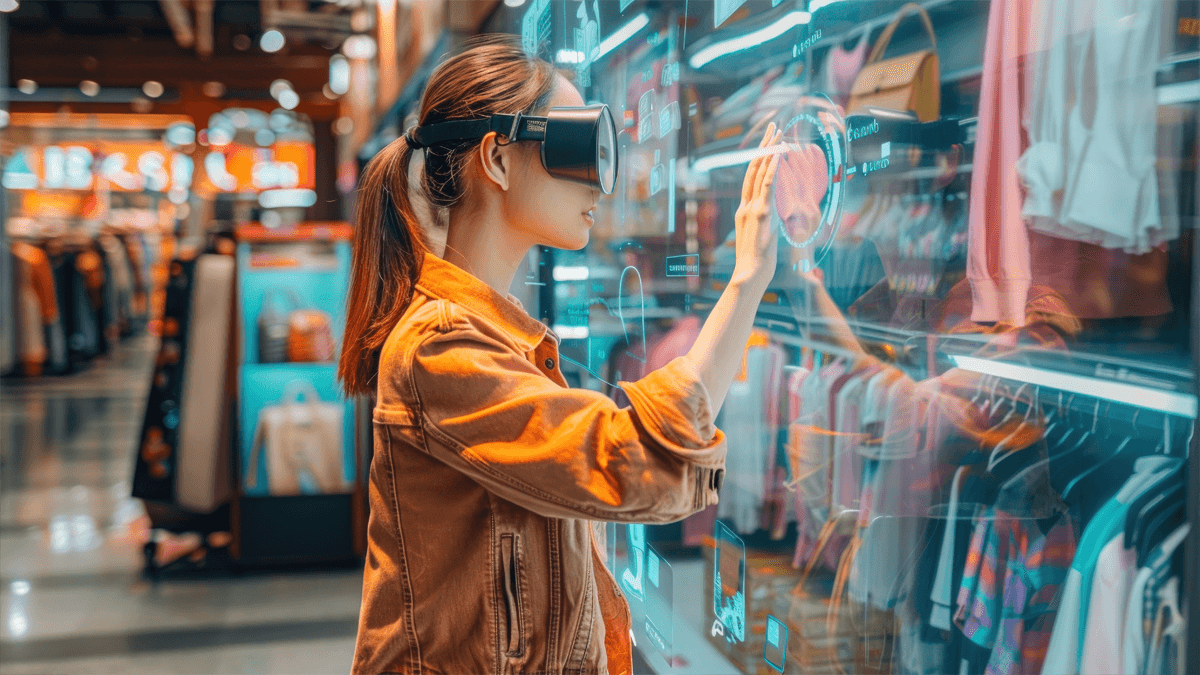The Baba Saheb Bhim Rao Ambedkar Museum stands as a modern marvel, commemorating the life and legacy of one of India’s greatest visionaries. Located at Kapurthala, Punjab, this museum not only celebrates Ambedkar’s contributions to the making of modern India but also harnesses cutting-edge technology to create an immersive, educational experience.
Designed in the shape of a Dharm Chakra, the museum reflects Dr. Ambedkar’s deep Buddhist beliefs, symbolizing his commitment to equality and justice for all. However, what truly sets this museum apart is its pioneering use of technology to bring history alive, making it both informative and engaging for visitors of all ages.
13 Tech-Enhanced Galleries
The museum is divided into 13 galleries designed to narrate different chapters of Ambedkar’s life. These galleries are not ordinary displays of relics and artifacts; they offer an interactive experience where visitors can learn through technological innovations. From the early years of Ambedkar’s struggle to his monumental role in drafting the Indian Constitution, each gallery integrates advanced technologies like projection mapping, kinetic installations, augmented reality (AR), and even virtual reality (VR), to tell his story in a manner that is both immersive and educational.
Projection-Mapping: Illuminating History
Projection mapping, the same technology that has been used in landmark events at sites like the Qutub Minar, plays a central role in the Baba Saheb Ambedkar Museum as well. In one of the galleries, projection mapping is used to animate scenes from Ambedkar’s life, turning static walls into vibrant storytelling canvases. This dynamic method allows visitors to witness pivotal moments in history, such as Ambedkar’s pivotal speeches or his relentless efforts to uplift the marginalized sections of society.
In a particularly awe-inspiring feature, a 360-degree projection on the dome-shaped ceiling takes visitors on a journey through the creation of the Indian Constitution. As one gazes upward, intricate visuals unravel the complexities of Ambedkar’s monumental work, all while providing an easy-to-understand narrative of its significance.
Augmented Reality (AR) and Kinetic Installations: Interactive Learning
The museum incorporates AR technology to provide visitors with a more personal connection to Ambedkar’s life and work. This technology provides rich layers of information on topics such as Ambedkar’s vision for social justice, and his transformation from a reformer to a national icon.
One of the standout features is the kinetic installations within the museum. These installations, which use movement and automation, create an engaging and ever-changing environment. For example, interactive exhibits display visual content that shifts and adapts based on a visitor’s presence, offering a personalized experience. This is especially impactful when teaching younger audiences about complex social issues, as it makes the content accessible and relatable through motion and sound.
Digital Flipbooks and Suspended Touch Screens: An Archive at Your Fingertips
One of the standout features is a digitally interactive library, where visitors can explore Ambedkar’s vast literary and philosophical contributions. Here, digital flipbooks and suspended touch screens allow visitors to navigate through Ambedkar’s written works, speeches, and letters with just a swipe or tap.
This technological leap means that instead of being passive spectators, visitors are active participants, able to engage with Ambedkar’s intellectual legacy in a hands-on manner. The flipbooks offer insights into his writings on social reform, economics, and human rights, while the touch screens provide a wealth of additional information, including archived photos, videos, and rare documents related to his work on the Constitution.
AR/VR: A Portal into the Past
At the heart of the museum’s technological innovation is its use of augmented reality and virtual reality technologies. In addition to the AR exhibits that provide detailed information, the museum also offers VR headsets, allowing visitors to step into a virtual world that recreates key moments from Ambedkar’s life. Whether it’s witnessing his debates in the Constituent Assembly or attending his momentous conversion to Buddhism, the VR experience makes history come alive in a way that feels immediate and engaging.
This VR experience is particularly impactful in creating a sense of presence and connection to Ambedkar’s life. By virtually standing alongside him during pivotal events, visitors gain a deeper understanding of his dedication to the cause of social justice and his vision for a more equitable society.
Conclusion: Inspiring Future Generations
Ultimately, the Baba Saheb Bhim Rao Ambedkar Museum is more than just a place to learn about the past—it is an institution that inspires and empowers future generations. The museum’s use of advanced technology ensures that Ambedkar’s message reaches a broad audience in an engaging and accessible way. Visitors leave with not only a deeper understanding of Ambedkar’s work but also a renewed sense of purpose in continuing his fight for equality and justice.
By blending historical content with modern technology, the museum offers an enriching experience. It stands as a beacon of Ambedkar’s legacy and will continue to inspire and educate for generations to come.




